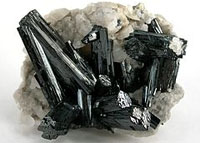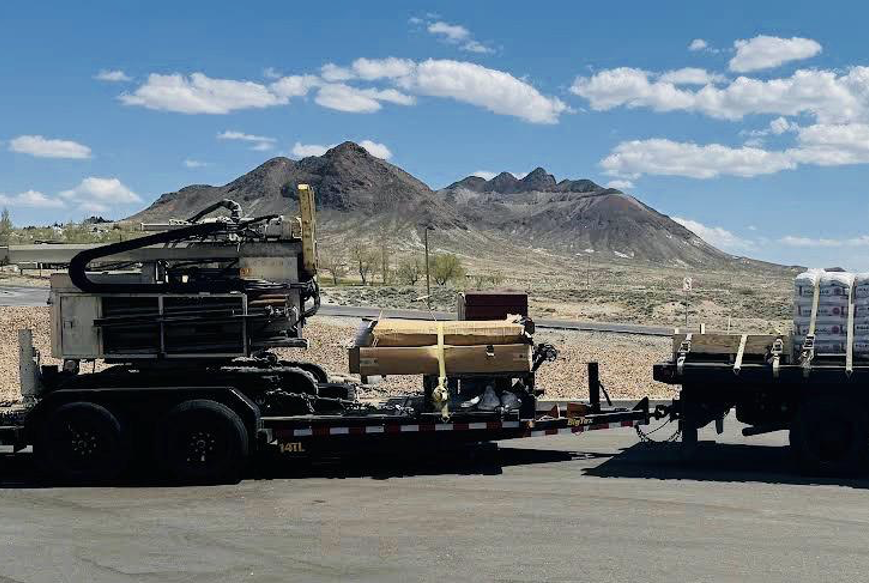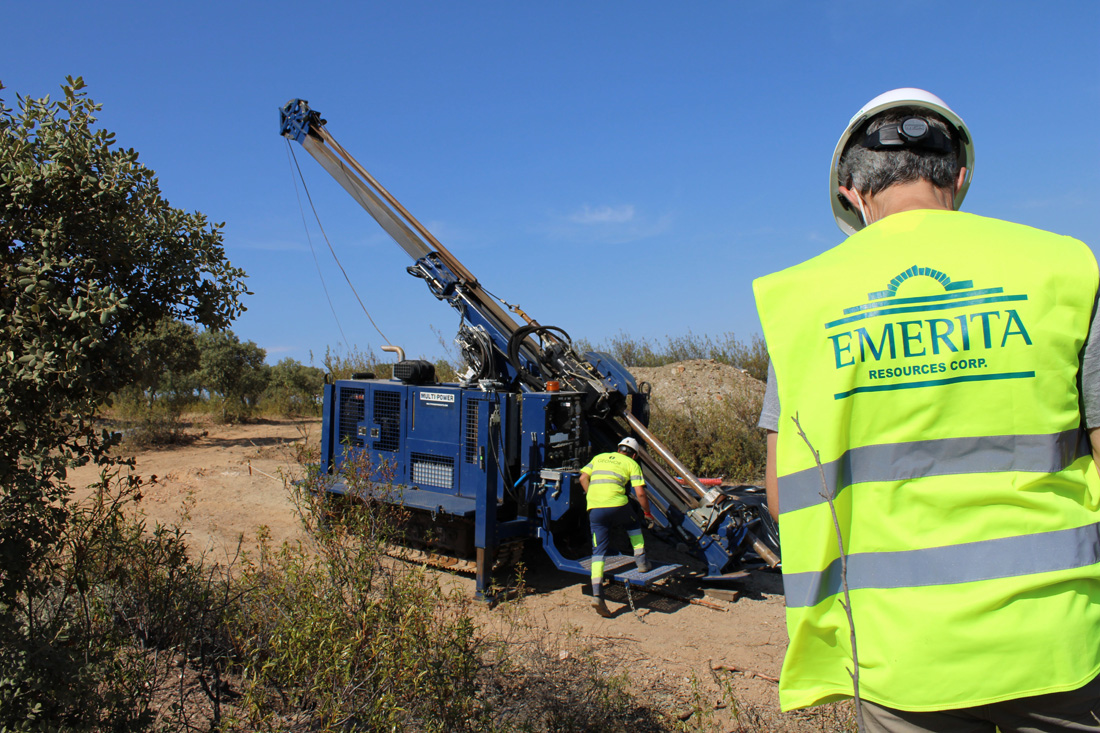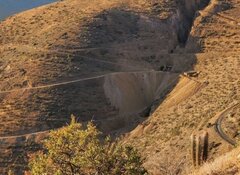 If there were a Hall of Fame for materials, manganites would be among its members. Some manganites, compounds of manganese oxides, are renowned for colossal magnetoresistance—the ability to suddenly boost resistance to electrical conductivity by orders of magnitude when a magnetic field is applied—and manganites are also promising candidates for spintronics applications—devices that can manipulate electrons according to their quantum spin, as well their charge.
If there were a Hall of Fame for materials, manganites would be among its members. Some manganites, compounds of manganese oxides, are renowned for colossal magnetoresistance—the ability to suddenly boost resistance to electrical conductivity by orders of magnitude when a magnetic field is applied—and manganites are also promising candidates for spintronics applications—devices that can manipulate electrons according to their quantum spin, as well their charge.What's not particularly unusual about manganites, however, is that they have stripes—regions where the material's electrical charges gather and concentrate. Other so-called correlated-electron materials also have stripes, including many high-temperature superconductors having the same crystal structure: arrangements of layers of atoms named for the mineral perovskite.
Now a team of researchers from the University of Colorado at Boulder, DOE's Lawrence Berkeley National Laboratory and Argonne National Laboratory have used the technique of angle-resolved photoelectron spectroscopy (ARPES), at beam line 12.0.1 at Berkeley Lab's Advanced Light Source, to demonstrate a startling new feature of one kind of lanthanum strontium manganese oxide.
This "two-dimensional bilayer manganite" can change its stripes from fluctuating to static and back. As a result, at the right temperature it switches from a metallic state, a good conductor of electricity, to an insulator—a colossal change in conductivity. The researchers report their results in Proceedings of the National Academy of Sciences (PNAS).
"Self-organization of charges into static stripes isn't new, but as far as we know this is the first good insight into what happens to the electronic properties of a material when stripes 'fluctuate'—in other words, break their perfect order—and fracture to pieces," says Alexei Fedorov, staff scientist for ALS beam line 12.0.1 and a coauthor of the PNAS paper.



































